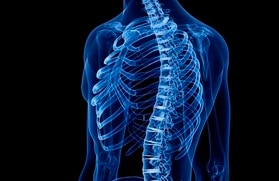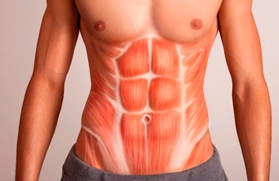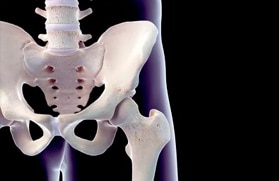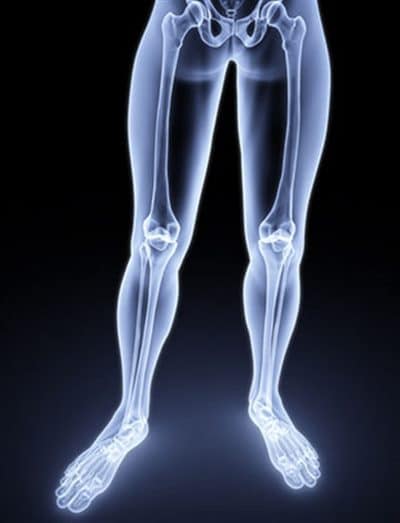Maxime Obadia
Osteopathy
Osteopathy is a science, art and philosophy of health care, supported by evolving knowledge.
by the way…
It should be noted that back pain costs communities more than 1.2 billion euros, and is the third reason for consultation with the doctor. There are nearly 200 million visits per year, including 95,000 work-related accidents.
The most exposed occupations are in order, building, transport and handling.
But back pain is no longer inevitable, and people are increasingly using new therapeutic methods, of which osteopathy is an integral part today.
Before explaining the principles, let’s recall some definitions…
The Health
The World Health Organization defines health as a “complete state of physical, mental and emotional well-being.
It depends on the state of the environment. The enjoyment of such a state requires a balance between all the components of the physical, mental and social environment of the individual, since these components are constantly interdependent.Any imbalance in these interactions results in a state of ill health and therefore of illness.

Osteopathy for ALL!
Osteopathy is indicated at all ages, and sees more interest in a maintenance framework for a better comfort of life (“better to prevent than cure”), because we are inevitably led to take bad positions (notions of gravity forces and ground reaction), to take stress, to make excess food, etc. …
Infants:
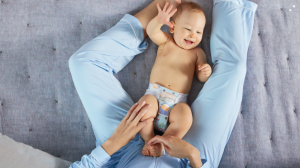
From birth, we must intervene, the fetus having undergone:
1) pregnancy, with the possible states of anxiety, stress, anxiety, of the expectant mother that are transmitted to the fetus, normal and quite physiological states due to the transformation of the body (weight gain) causing hormonal changes, the mother-to-be also wanting to live harmoniously and in symbiosis with this new being that she feels in her, and for fear of doing wrong in her daily life (the diet , the positions to be adopted, etc. )
It should be stressed that it is important to live serenely her pregnancy, with the accompaniment of the future father, and possible sessions in haptonomy that can accompany you throughout the pregnancy, as well as the exercise of pre-natal yoga, specially designed for pregnant women. The fetus feels and suffers in spite of itself by contracting its muscles, mainly at the back.
2) childbirth, during 3-phase work for the expulsion of the baby, with uterine contractions that will press on the skull of the fetus (presentation by the top head bent most often in about 2 cases out of 3) that start about every 10 to 20 minutes (dilation of the cervix and loss of water), then every 5 minutes, then every 2 minutes, then every 2 minutes , and this, with increasing intensity, the work lasts on average between 8 and 12 hours.We can imagine what this can mean and impact the newborn’s skull, despite the fontanelles that “dampen the shocks…».
Then we recommend a session every 3 months in the first year, in order to control the growth of the infant (the ossification of the fontanelles, the first teeth, the first steps that require a session to rebalance the pelvis in order to avoid a possible start of scoliosis, etc. …) as well as its ability to adapt to its environment, to resist the various aggressions of the outside world (viruses, parasites), there are techniques for stimulating the immune system by informing the lymphatic system (notion of powerlessness), which will also help to strengthen the bacterial flora.Do not hesitate to consult a homeopath also in addition to osteopathic treatment.
The infant will feel soothed after a session, with less tension around the spine, and will make you notice with less crying, better sleep (12 to 15 hours a day the first months), and therefore a comfort of life also for parents! Apart from these preventive treatments, Osteopathy will also help to treat and/or relieve the pain associated with ENT disorders (conjunctivitis, sinusitis, cold, bronchiolitis, otitis) but also digestives (colic, regurgitations), postpartum cranial deformities (plagiocephaly), certain functional strabismus (mostly external),
CHILDREN/ADOLESCENTS:
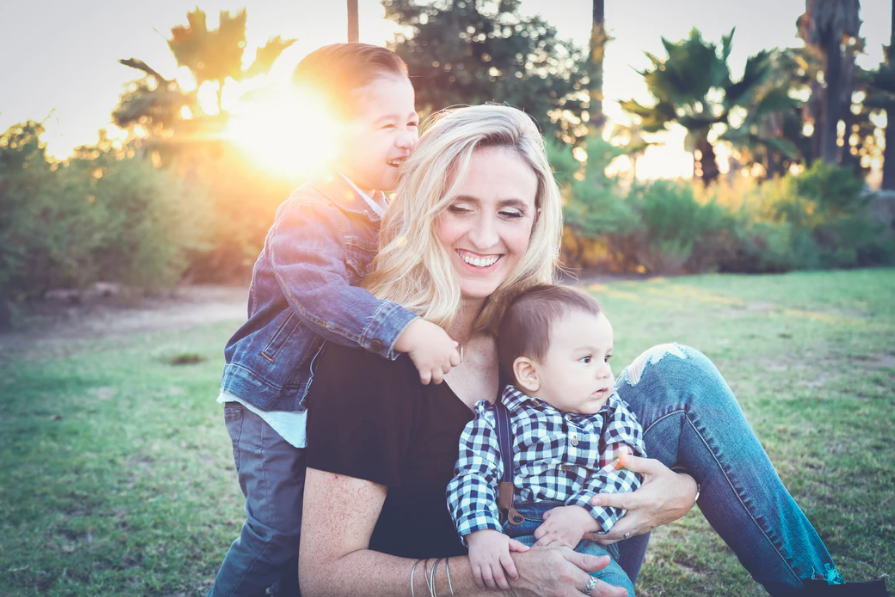
This is the period of growth during which the body evolves, develops and grows as the extremity of long bones take over over time the place of conjugation cartilages (endochondrale ossification) under hormonal influence (testosterone, IgF secreted by the liver). It must adapt, strengthen itself by practicing regular physical activity (and moderate, see explanations here FAQ Why back pain is the “evil of the century”?), but also by a diet rich in protein and calcium to strengthen bones.
The adolescent is also looking for a social identity and social contacts are essential for his development. (If you feel a withdrawal, a lack of appetite, a few sessions at a therapist who will listen to him may be only beneficial …)
From an orthodontic point of view, too, the occlusion evolves. Thus, the famous milk teeth will grow during childhood; around 30 months, we have 20 teeth, then around 6 years, we have 24 (first molars), then around 12 years, we have 28 (premolars), and finally to finish in adulthood with 32 teeth (including the 4 wisdom teeth that may not come out, this being variable from one person to another). The temporomandibular joints (jaw) will have to adapt, and Osteopathy will help to help the proper development of these by opening techniques: oral closure, diduction (laterality) and retro/antipulsion of the jaw, but also by intra-oral work, which will result in a relaxation of the muscles around the jaws (masster, temporal, pterygoidians, sus-hyoidian) controlled by the trijumeau nerve.Because these muscles are rich in proprioceptors (balance-sensitive receptors), they will influence the posture and muscles of the back. Hence the need to consult an osteopath who will make the link between these different systems, but who will also take into account stress, a source of maintenance of occlusal tensions (tight jaw, bruxism corresponding to the grinding of teeth at night …).
From an orthoptic point of view, the Osteopath will be able to work in conjunction with an orthoptist to treat the eye problems of the child most often (strabism), on the orbital cavity composed of its 7 bones interwoven with each other, and whose ossification ends around 6 years, so it is imperative to consult early.
Adults:
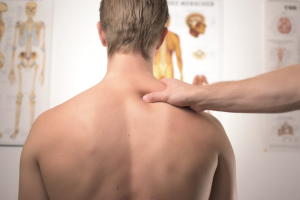
They make up the majority of our patient; indeed, unaccustomed in the past to treat their ailments by Osteopathy to “rebalance their bodies”, Osteopathy being recognized in France since 2007 only, there are chronic postural dissymmetries (DCP), with many compensations due to old traumas that they would have neglected by thinking that it will pass …, or poorly treated, such as the sprains of ankles or wrists that were once plastered, whereas we now know that it is on the contrary the solicitation of the ligament (during walking for example for the ankle) that will promote the metabolism of the latter by alternating “constraints/ decontaminats”, which corresponds to a movement of “back and forth” of the blood flow at the level of the capillaries , for better resorption of edema (water in tissues), and venous return on the other hand for better elimination of toxins from the inflammatory focus.
Work in the office is a source of stress for adults, due to the ambient noise in some rooms, causing migraines, as well as the brightness of the screen that it is important to adjust to avoid possible states of excitement, and weakening of the eyes that become red, stinging, the distance separating the face from the screen must correspond roughly to the distance arms (and fingers) stretched (so think to recoil the computer on the desktop …)
Remember to take regular breaks for the back too. Some ergonomic rules can prevent tendonitis of the wrists (de Quervain’s thumb), elbows, shoulders:
The buttocks wedged at the bottom of the seat (if you are arched, consider putting a wedge between the lumbar and the seat), the height of the seat should be such that the horizontal gaze is projected at the top edge of the screen. Don’t hesitate to invest in an ergonomic “wrist rest” mouse pad (for example, BELKIN ERGOPAD).
Nutritherapists have been investing for several years in research to counter medication use, especially in adults; In particular, nutritherapy can detoxify the body (through a liver drainage treatment for example), allowing better results than previously thought, sometimes equivalent to certain drugs that can cause side effects… (see www.santenatureinnovation.fr site).
Senior:
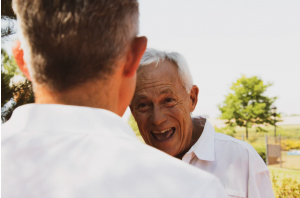
We cannot talk about the suffering of the elderly person, let alone osteoarthritis.
Osteoarthritis is the most common joint disease. It affects 13% of the general population, 70% of whom are over the age of 65. It develops chronically with age, and stiffness is considered one of the main symptoms. It is characterized by cartilage degeneration that is different from a simple aging process. The arthrosic lesions of the joint cartilage are the result of an imbalance between the mechanisms of chondroformation (cartilage formation) and those of chondrolysis (degradation of cartilage), which corresponds to a change in the metabolism of these cells, which bathe within an extra-cellular matrix composed of hyaluronic acid, collagen (essentially type 2) and proteoglycans rich in negative charges (which confers their attractive power of positive ions such as sodium and calcium , and the diffusion of water in the opposite direction by osmosis, hence the elasticity of the cartilage necessary for the proper damping of the forces it supports).
We now know that osteoarthritis is not inevitable in itself, and that manipulation helps maintain the proper elasticity of cartilage, especially by preserving cellular metabolism. This cellular activity is impaired by physical inactivity, hence the importance of regular physical exercises in addition to osteopathy sessions to prevent cartilage damage. (muscle tone also allows cartilage to be maintained and protected).
Regular physical activity allows:
- improve the functioning of the heart and lungs. Even after a short walk, you feel your heart beat, you breathe better, you feel more relaxed…;
- Maintain muscle strength, flexibility, balance, coordination and tone
- increase its bone capital;
- increase resistance to stress to fight fatigue more effectively.

CONDUCT OF A SESSION:
The patient is first asked about the reason for his coming, and then as this exchange progresses, the Osteopath will find the right questions to better understand your needs.
Here are some of the questions the Osteopath may have to ask you:
-Do you have any pain? If so, where? Since when? How much do you rate it on a scale of 1 to 10? Is this a known pain you’ve had in the past? Does it wake you up at night? Is there a family plot? Have you tried taking medication?
-Have you ever had surgery? Have you ever had a fall? A serious accident? These are important questions, because the Osteopath considers that the traumatic history is kept in memory, and tracing the chronology of traumas since birth helps to better understand where the body compensates, and to better understand the reason for its coming on the day of the consultation.
-Do you have any treatment in progress, medical or otherwise? The Osteopath will be able to inform you if a treatment of a chronic pathology may be related to pain felt by the patient. For example, we know that statins have a cholesterol-lowering effect, but weaken tendons, or that dental care can also be a gateway to tendonitis…
-Have you ever done any further tests?
-Regarding your lifestyle, do you have a specific diet? Do you smoke? Do you play sports on a regular basis?
-What is the most common position you take during the day?
All of these questions will bring together elements to prepare for the next step, static standing analysis.
The Osteopath will indeed examine you from the back, face, profile, in order to better understand your “body pattern”, if you adopt an analgesic position (pain compensation), your scapular belts (shoulders) and pelvic (pelvis), the inner arch of the feet (flat or hollow), the knees in varum (diamond) or valgum (cross)… The Osteopath will already have an idea if your body compensates by the top (downward postural problem) or by the bottom (upward postural problem).
Then dynamic tests will be undertaken to see if you lack amplitude in certain movements, or if movements awaken pain….For example, you ask yourself to raise your arms, one after the other, to touch the shoulder blade with the opposite hand, to try to touch the ground with your hands by leaning forward (Schobert’s index), to crouch down…
Finally, clinical tests will allow you to go even further in understanding your posture. This will involve pressing on specific areas, in order to highlight sensitive points…
The Osteopath can start his manipulation session by explaining what he is doing, for what purpose, etc. He can also give you the choice to relax and focus on his manipulations if you prefer.
When the session is over, you must feel a sense of well-being, fullness, resting, feeling like a current circulating, the body having been rebalanced. A feeling of transient fatigue may be felt within 4 hours of the session, and temporary aches can last up to 48 hours after the session.
All the necessary advice will be promulgated before you leave, such as how to hold on, what muscles to stretch and which ones to strengthen, if you need dietary supplements, when do you need another session, what is the most suitable frequency, if you need to see another specialist in the meantime (podiatrist, nutritionist, naturopath, orthoptist…)
Before briefly presenting the functioning of the human body by regions, it is necessary to recall and understand, and this is one of the 4 main basic principles of the Osteopathic philosophy, that the body is a functional unit, and that the Osteopath has a global vision of the human body. (the other 3 principles being first and forth that the structure governs the function, i.e. an organ for example to function properly must maintain its physical integrity, secondly that pain is only the expression of a “lesion” located elsewhere, and finally tertio that the body has the capacity to heal itself).
It should also be noted that Osteopathy is considered to be a preventive medicine rather than a curative one.
With 206 bones and more than 600 muscles, the human body is a formidable machine capable of adapting to its environment, thanks to the synchronization of multiple chain reactions, to ensure its vital functions.
Muscle structures, fibrous (ligaments, aponeurosis, fascias), but also peritoneal, vascular, nerve, cross several spheres of the human body.
Western medicine sometimes tends to compartmentalize it, ignoring the general biomechanical aspect and essential to treat and thus explain the symptomatology as well as the good clinical results that Osteopathy brings.
We hope one day to see this practice grow, evolve, both in the medical landscape in general, and in the patient’s care journey, so that we can work, always in the patient’s interest, in collaboration with the medical world.
In this brief anatomical reminder, we have chosen to describe the main structures on which Osteopathy manipulations have effects, starting from the top down.
Read the full documentation
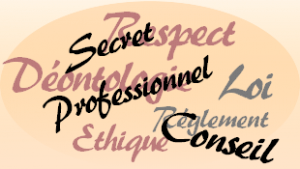
1) The Osteopath is committed to showing probity, loyalty and honesty to the patient, to treating him with care and rigour in his field of competence.
He may refuse to perform the session if he believes that a danger may harm the patient’s health, or if the patient is not fit for osteopathic care that day: Primum Non Nocere
If the Osteopath deems it necessary, he will refer the patient to a specialist more adapted to his problem, in case of emergency that would require medication or to complete the Osteopathic treatment.
2) The OBADIA Firm is committed to providing the patient with as much information as possible regarding the restoration or preservation of his or her state of health.
We consider that understanding and explaining symptoms is necessary to consider a cure.
The Osteopath does not consider himself the author of the healing, but accompanies the patient’s body’s abilities to self-healing
3) The Osteopath is committed to making the right diagnosis as far as his abilities is. To do this, he will use his good anatomopathological and biomechanical knowledge, as well as the careful reading of the various complementary examinations (radio, CT scan, MRI, ultrasound, EMG, blood test…) brought on the day of the meeting.
4) The Osteopath is committed to respecting professional secrecy and confidentiality. It obviously leaves the patient with the choice to choose another osteopath if he is not satisfied.
5) The Osteopath undertakes to use only safe, non-invasive and patient-safe manual techniques that will not exceed the physiological limit of mobility of a joint, musculoskeletal or myofascial.
6) If he deems it necessary, he may use treatments that are complementary to manipulations, adapted to each one (cryotherapy, radial shock waves, NeuroVertebral decompression,…..)
He will prescribe, if necessary, dietary supplements, schedule exercises to be done outside the office, and give him all the advice he deems necessary to help the patient improve his lifestyle, his diet…It will tell them how many sessions are needed, and how often.
(We believe that the patient must also be responsible. He must be able to interact with the practitioner.
By “listening” to his body, he will also be able to give it all the elements that it deems useful in order to be able to advance in the quest for its balance, towards harmony with oneself, to take the “path of healing”).
Thus, the Osteopath treating a patient and not a symptom, will be able to listen to him in his hollistic approach and gather all the necessary elements that the patient can give him to understand him.
7) He will thus take care of the patient’s entirety, taking into account all the history of his or her body history. Whether traumatic, surgical, or related to difficult events, they may cause ailments related to physical (psycho-somatic) or psychological (somato-emotional) disorders.
8)The patient has free choice to choose the outfit in which the session will take place.The underwear outfit is ideal, but the patient will be able to choose a suitable sports outfit, shorts, leggings, tank top…
9)The patient can also, if he fears it, warn the practitioner of his apprehension about structural manipulations, that is, with cracks.
The Osteopath, taking into account the patient’s consent, is committed to listening to him and adapting to his intuition. We understand that the purpose of a session is to relieve the patient and relax him, putting him in an unpleasant situation of stress would be counterproductive.
10) The details of the care provided can be sent to him by e-mail at the end of the session

Biography of Andrew Taylor still
It was at the School of Medicine and Surgery in Kansas City, Missouri, that Still came to study in the early 1860s. He thus acquired a comprehensive training in medicine and surgery of his time.
In 1864, an epidemic of cerebrospinal meningitis struck kansas, and three of her children were taken away. Terribly affected and deeply convinced that the therapeutics of his time were often ineffective, and even more dangerous than the disease she was supposed to treat, Still steered his life as a doctor towards what he called a new path, and which would give birth, ten years later, to osteopathy.
Still will develop his palpation to the extreme. Thanks to his training as a surgeon and his many years spent dissecting, he acquired a very precise knowledge of anatomy. Its tactile sense was so developed that it could recognize to the touch the deepest structures of the body.


